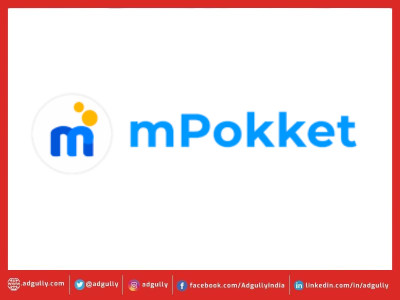Is Performance Marketing allied with Brand Building?
By Ms. Seema Poptani, VP, Marketing, mPokket
When it comes to brand building and performance marketing, there is some confusion regarding the relationship between the two. To better comprehend the role and significance of each term, one must first understand what the two denote.
Brand building concerns the process of marketing one’s brand to generate greater brand awareness, promote products or connect with the potential audience to establish an ongoing relationship. Conversely, performance marketing comes under the digital domain and involves procuring positive outcomes for one’s business. Here, marketers or advertising agencies display ads on various online channels. Payment is made only for results generated – be it a click, lead, user engagement or more.
Short-term Tactics and Long-term Strategies
The definitions indicate that while performance marketing has short-term goals, brand building deals with long-term strategies generating awareness and proper perceptions among consumers, which last for years. In context, online advertising ensures it is easy to assess the results derived from ads since it permits enterprises to know what is working well and what is not. Thereafter, necessary changes can be made to enhance performance and the return on investment consistently. While short-term measures such as performance marketing are necessary, companies must still invest in long-term brand strategies that help establish awareness among consumers. But some brands miss the wood for the trees by focusing on short-term tactics only while ignoring long-term strategies. As a result, they miss a massive part of the overall marketing pie that can only accrue by creating early awareness among consumers through long-term brand building. But aligning performance marketing with brand building represents a balanced strategy that carries more rewards and minimal risks as it ascertains all the eggs are not placed in one basket. In essence, performance marketing can act as another key investment in the brand-building journey. Brands that allocate ample funds for brand building to reinforce consumer awareness can then generate short-, mid- and long-term benefits, allowing them to reach appropriate audiences on the right platforms, at the right moment.
Guidelines for Integration
Nonetheless, integrating short-term performance marketing with long-term brand building should be done by keeping certain factors in mind. Here are three guidelines to manage this:
1. Assess and balance the marketing outlay: Volatility in B2B and B2C marketing allocations have been common after the pandemic, making this seem a logical first step. But as e-commerce ads continue to grow, this can slip under the radar. However, for brands to survive and thrive, short- term performance marketing and long-term brand building should run simultaneously. In short, it isn’t feasible to have one element without the other. When run in tandem, brands have the opportunity to show customers what they are all about. Such an approach transforms consumers
from ‘targets’ to allies.
2. Invest in a digitally-savvy team to decode data: What’s worse than not investing in data? Simple! Not investing in people who can understand and decode the data. It is no surprise that data science is one of the most in-demand technical skills in recent years. Today, many businesses understand the need for performance marketing. Yet, they are not sure what to make of the data generated. With a team of data scientists, companies will find it easy to leverage this data appropriately. Therefore, when annual budget allocations are being made, companies must make sure performance marketing outlays have adequate investments both for data collection tools as well as a team of data scientists to measure and decode the data. Through this team, brands can determine how the insights are turned into a viable long-term brand strategy.
3. Use content marketing strategies to build the brand presence: Nowadays, most consumers are wary of ads, given the surfeit of such material. Nevertheless, without some form of ads or engagement with consumers, brands won’t survive in hyper-competitive markets. Here is where content marketing can help build a bridge between brands and consumers without arousing distrust. This is possible as content marketing involves creating and sharing material online without promoting the brand directly. Instead, consumer interest in the products or services is stimulated via blogs, videos and social media posts that people find interesting. In this way, the future sales intent is seeded subliminally, without being obvious. Such informative, useful and engaging content aligns well with what consumers stand for and the experiences they seek. The content marketing approach can involve highlighting social issues, shared experiences or novel challenges, which foster consumer trust in the brand, albeit indirectly.
Beneficial for Start-ups
The above approach leveraging performance marketing and brand building can also be useful for start-ups. Given their focus on exponential growth, performance marketing can help start-ups scale faster while keeping an eye on long-term brand-building objectives. Through performance marketing, start-ups can track each buyer’s click-to-consumption pathway. Thereby, they can determine where and when to invest and with which partners or channels to drive better outcomes for each impression. This helps them curb consumer acquisition costs while maintaining robust returns on ad spending. In summation, whether it is new age or legacy enterprises, short-term performance marketing metrics must be intertwined with long-term brand-building goals if enterprises plan to survive and thrive over the long haul.














Share
Facebook
YouTube
Tweet
Twitter
LinkedIn